Warning Signs You Need a New Roof Before It’s Too Late
A roof isn’t just shingles and nails; it’s your home’s first defence against rain, wind, heat, and time. It protects your family, your investment, and everything underneath it. But like everything else, roofs age. And when they do, they don’t always show obvious signs, until it’s too late.
In this guide, we’ll walk you through how long different roofing materials typically last, the warning signs you should never ignore, and how to plan before minor wear turns into major damage.
How Long Does a Roof Last?
Every roof has a life expectancy. How long yours lasts depends on the materials used, the quality of installation, local weather conditions, and how well it’s maintained.
| Roofing Material | Expected Lifespan |
| Asphalt Shingles (3-tab) | 15–20 years |
| Architectural Asphalt Shingles | 20–30 years |
| Wood Shingles or Shakes | 20–40 years |
| Metal Roofing | 40–70 years |
| Clay or Concrete Tiles | 50–100 years |
| Slate | 75–150 years |
| Flat Roofs (EPDM/TPO) | 15–30 years |
Keep in mind, just because a roof can last “up to 30 years” doesn’t mean it will. Factors like installation, ventilation, and storm exposure can reduce that number significantly.
What Shortens Roof Lifespan?
Even high-end roofing materials can fail early if certain conditions are present. Here’s what to watch for:
- Harsh weather conditions, including hail, snow, heavy winds, and intense UV exposure, can accelerate material degradation.
- Poor installation: sloppy work leads to premature leaks and system failure.
- Inadequate ventilation: heat and moisture in your attic can warp wood and damage shingles.
- Neglected gutters: clogged gutters cause water to back up under the roofline.
- Overhanging trees: shade, debris, and moss growth speed up deterioration.
- Improper flashing: weak points around vents and chimneys invite water in.
Warning Signs You May Need a New Roof
Roof issues often start small, and that’s the danger. Many homeowners wait until it’s leaking inside the home. Here’s what to look for before it gets to that point:
- Shingles are curling, cracked, or missing
- You find granules in gutters or downspouts
- Streaks of moss, mold, or algae are growing
- Water stains on ceilings or in the attic
- Visible sagging along the roofline
- Soft or spongy decking underfoot
- Rusty, loose, or damaged flashing
If your roof is more than 15–20 years old and showing even one or two of these signs, it’s time to schedule a professional inspection.
What You Can Do as a Homeowner
You don’t need to climb on your roof to take care of it. Here are a few smart, simple habits:
- Inspect your roof twice a year, spring and fall are ideal.
- After a major storm, look for missing shingles, loose flashing, or debris buildup.
- Check your attic regularly for damp insulation, water stains, or sunlight peeking through.
- Clean gutters at least twice a year to prevent backup and rot.
- Trim trees that hang over your roofline to reduce debris and moss growth.
When to Call a Roofing Professional
Not all roof problems are easy to spot; some need a trained eye. Call a licensed roofer if you see signs of damage, your roof is aging, missing shingles or leaks, or you’ve had recent storm impact. If you’re unsure about repair vs. replacement, an inspection can help. A trusted roof replacement contractor can guide you before small issues become costly.
Tips to Extend Your Roof’s Lifespan
- Stay on top of small repairs, don’t ignore missing or lifted shingles
- Maintain attic ventilation to reduce heat and moisture damage
- Avoid power washing your roof; use soft washing if needed
- Replace flashing and sealants every few years
- Choose algae-resistant shingles in humid areas
Routine maintenance now can add years to your roof and save thousands later.
Average Roof Replacement Cost
Most homeowners will need a roof replacement at least once or twice in their lives. The average cost ranges from $5,000–$15,000 depending on the size and material. Spring through early fall is ideal for scheduling the job, and while a full tear-off costs more, it offers better durability than an overlay. Always check local permit requirements and hire a licensed contractor. For more details, check out our guide on the average cost of residential roof replacement in Ohio.
Frequently Asked Questions
Q: How long does a typical asphalt shingle roof last?
A: About 20 to 30 years with proper maintenance.
Q: What is the longest-lasting roofing material?
A: Slate roofs can last over 100 years.
Q: How do I know if my roof needs to be replaced?
A: Look for missing shingles, leaks, sagging, or visible wear.
Q: Can I replace just a few shingles instead of the whole roof?
A: Yes, but only if the damage is isolated and the rest is sound.
Q: Does homeowners’ insurance cover roof replacement?
A: It depends; damage from storms is often covered, but wear and tear is not.
Q: When is the best time of year to replace a roof?
A: Spring through early fall offers ideal weather conditions.
Q: How often should I inspect my roof?
A: At least twice a year and after any major storm.
Q: Can poor attic ventilation affect my roof’s lifespan?
A: Yes, it can cause heat and moisture buildup that leads to early failure.
Q: Are moss or algae on my roof dangerous?
A: Yes, it traps moisture and can cause shingles to rot.
Q: How much does a full roof replacement cost?
A: It varies, but asphalt shingles typically range from $5,000 to $15,000.
Who to Call?
If your roof is showing signs of age or damage, don’t wait until it turns into a bigger problem. Call Pro Craft Home Products your trusted local roofing contractor in Toledo. Our team is experienced, reliable, and ready to assess your roof with honesty and care. Whether it’s a small repair or a full replacement, we’re here to help you protect your home the right way.
Final Thoughts
A strong, reliable roof isn’t just a luxury; it’s essential. Knowing how long your roof is supposed to last, understanding the early warning signs, and taking proactive steps can save you from stress, costly damage, and emergency repairs.
If your roof is getting older or showing signs of wear, don’t wait until water is dripping into your living room. Call a trusted roofing contractor, get a professional opinion, and take control of your home’s protection before it’s too late.



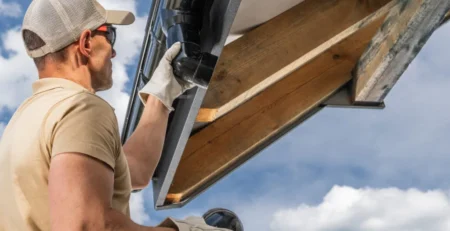
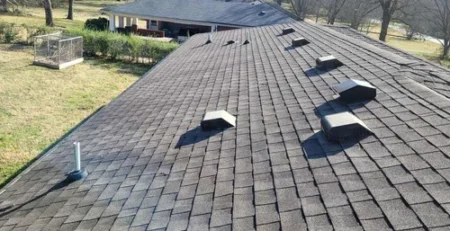
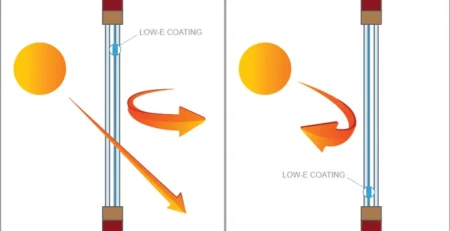





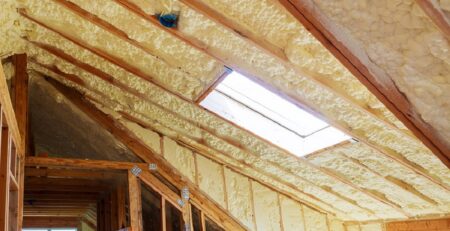
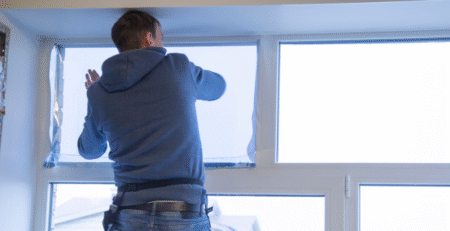
Leave a Reply